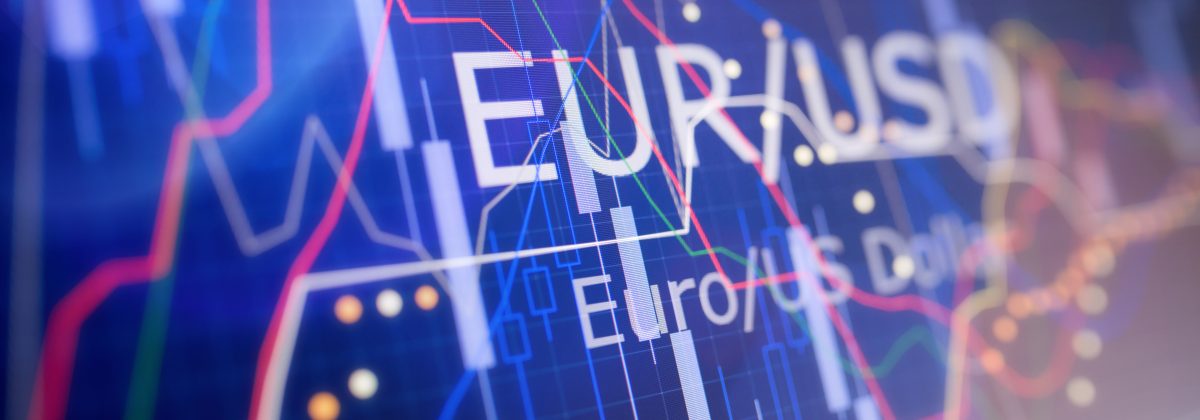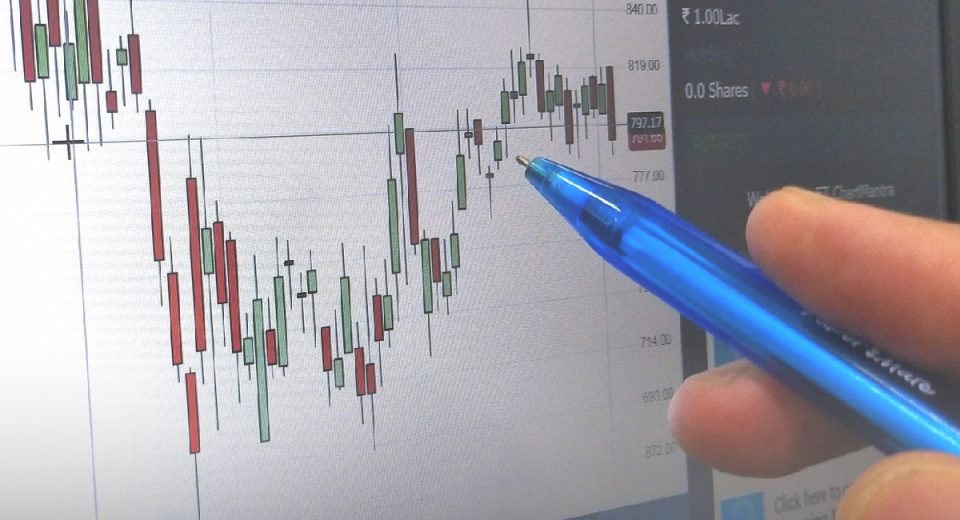Pivot Point SAR Strategies

Trading in forex or CFDs is not only about looking for the start of a trend, it is also about looking for its end, so as to make well timed entry and exit trades. This can be done with the help of Pivot Points, which are intraday chart levels used to identify the potential support and resistance levels. In simple terms, a pivot point and its support and resistance levels are areas at which the direction of price movement can possibly change. Let’s find out more about the use of Pivot Points Stop and Reversal or SAR strategies.
Applications of Pivot Point Strategies
Pivot points are very useful for short term traders looking to take advantage of small price movements. These traders can choose to trade the bounce or break of these levels, depicted by horizontal lines on a chart.
Range bound traders use these pivot points to identify reversal points and view these points as areas where they can place their buy or sell orders. Then there are Breakout forex traders, who use pivot points to recognize key levels that need to be broken for a move to be classified as a real deal breakout.
So, how does one calculate or find these pivot points? This is done by using the last trading session’s open, high, low and close. The pivot point is calculated as the average of the high, low and close prices of a day. So, today’s pivot points will use yesterday’s open, high, low, and close values. Then comes the calculation of the first, second and the third resistance and support levels:
First resistance (R1) = (2 x PP) – Low
First support (S1) = (2 x PP) – High
Second resistance (R2) = PP + (High – Low)
Second support (S2) = PP – (High – Low)
Third resistance (R3) = High + 2(PP – Low)
Third support (S3) = Low – 2(High – PP)
Earlier, the value of these pivot points needed to be calculated every day, but the process has been simplified with the use of pivot point calculators, offered by trading software.
Now, we come to using these pivot points. The simplest way is to use them like regular support and resistance levels. The more times a currency pair touches a pivot level then reverses, the stronger is the level. So, if you see a pivot level holding for some time, some great trading opportunities could be available.
Rules for Trading Pivot Points
Some basic rules that should be followed while trading pivot points include:
- Traders should be bearish when the price is below the main pivot point and be bullish when the price is above the main pivot point.
- Go long if the price bounces from S1, S2, or S3.
- Go short if the price bounces from R1, R2, or R3.
In simple terms, if the price is nearing the upper resistance level, traders can consider selling the pair and place a stop above the resistance. Similarly, if the price is nearing the support level, traders can buy and put a stop just below the level. But is it that simple always? The problem is, that it isn’t. Therefore, one should incorporate other indicators, like candlesticks, to confirm the trends and resistance and support levels.
Pivot points can be used either with a normal price action strategy or combined with any other technical tool to formulate a new strategy. For instance, you could match a pivot point breakout or a bounce with an MACD crossover or divergence. While matching signals from the indicators, traders should enter the market in the respective direction and stay in the trade until the MACD provides an opposite crossover.
To conclude, pivot points should always be used along with a stop loss order. And a good place to put a stop is at the pivot level prior to the one being used to enter the market. Traders should take look to take profit after the price goes through two pivot areas or based on other price action clues or a confirming indicator signal.
Disclaimer
If you liked this educational article please consult our Risk Disclosure Notice before starting to trade. Trading leveraged products involves a high level of risk. You may lose more than your invested capital.




